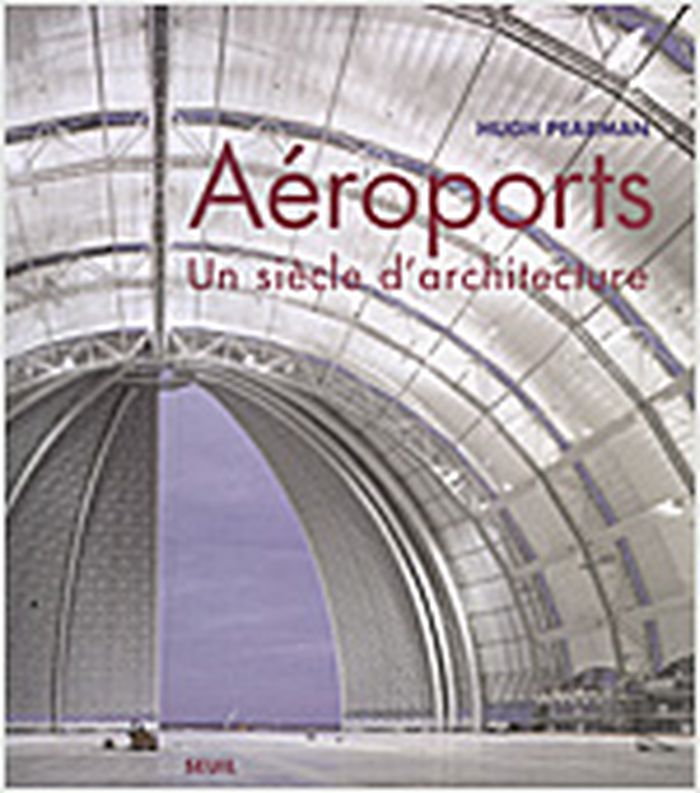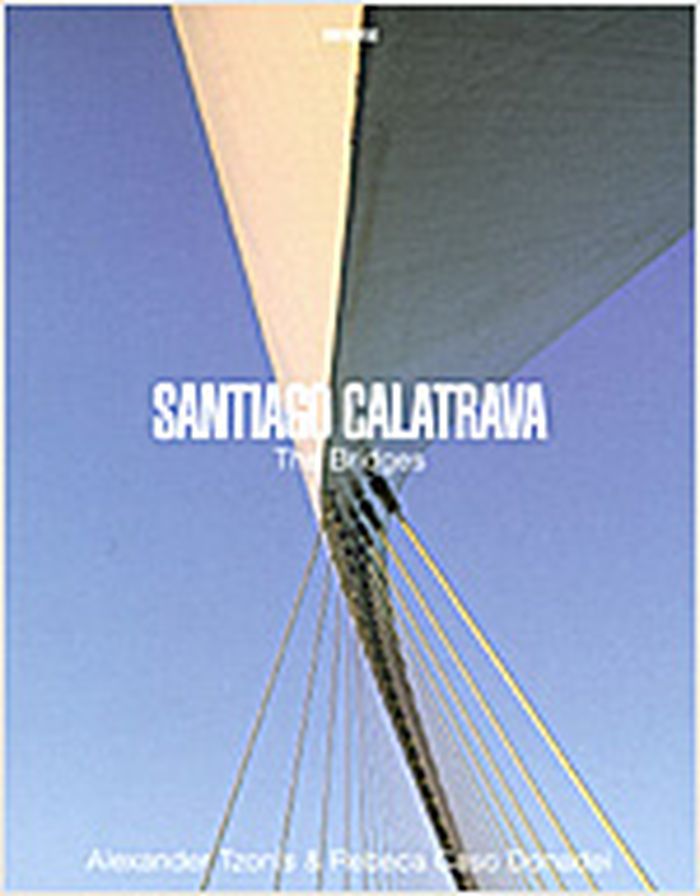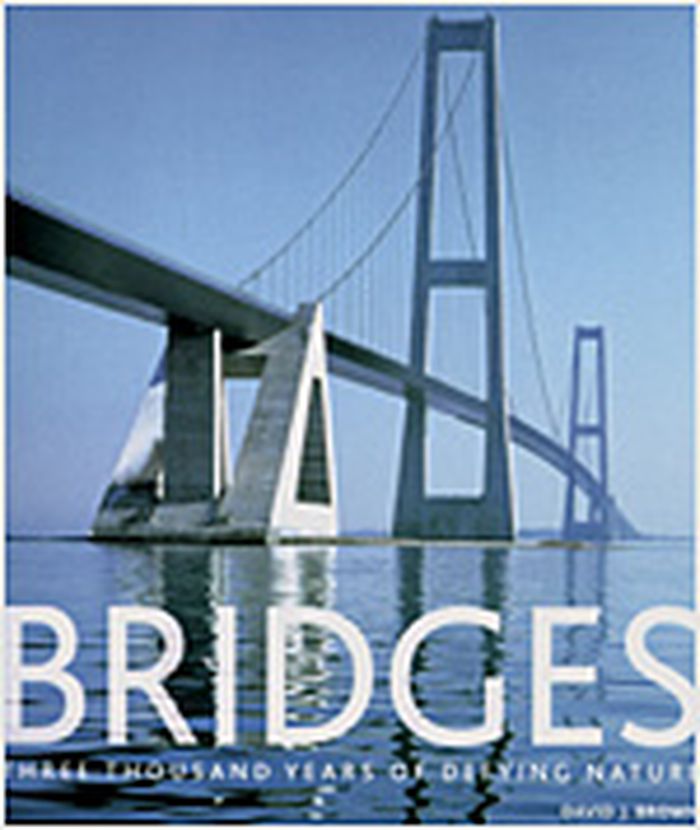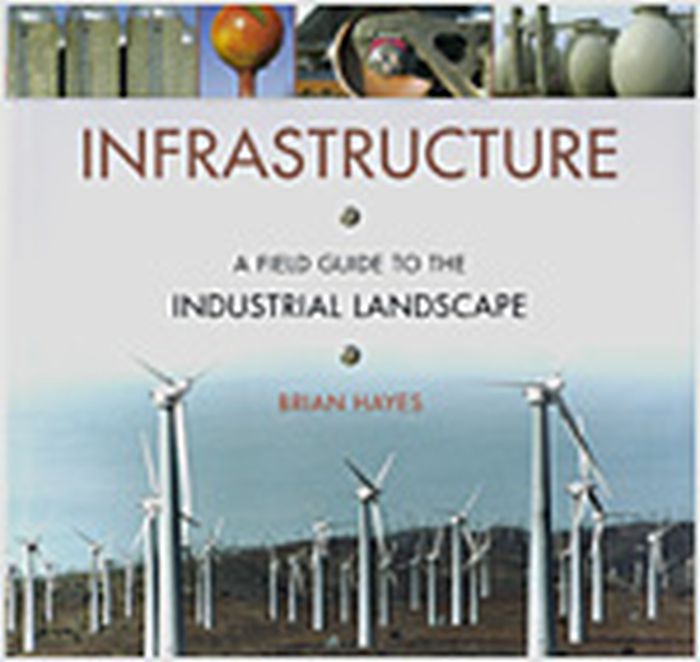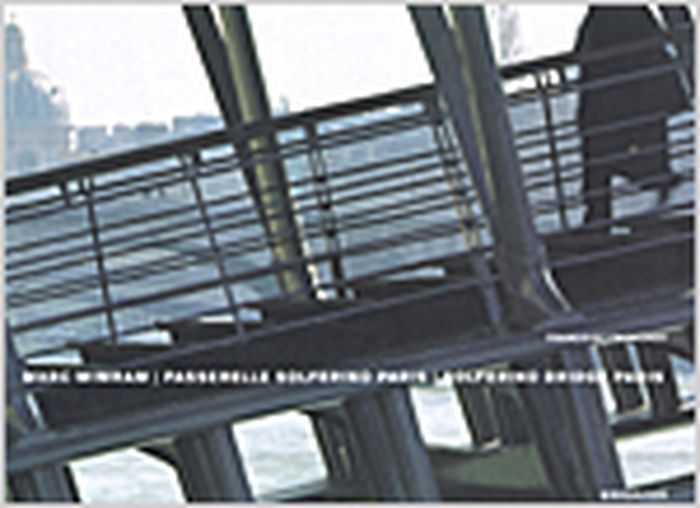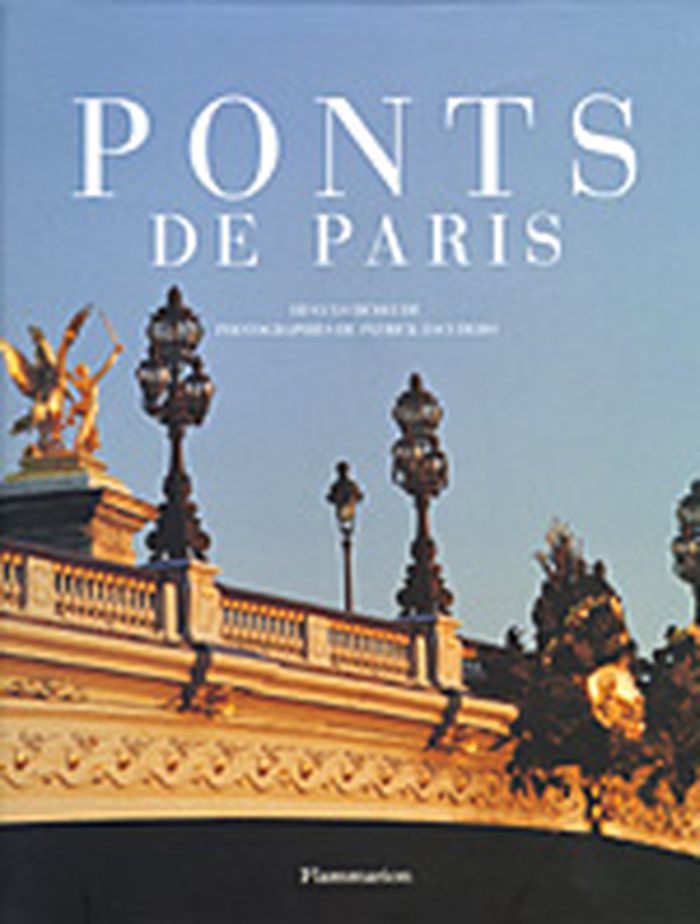$79.95
(available to order)
Summary:
Dès leurs premiers développements, au début du XXe siècle, les aéroports sont devenus un des thèmes architecturaux les plus caractéristiques et les pus importants. Non seulement ils suggèrent le progrès, la liberté, mais ils offrent aussi aux architectes la possibilité de concevoir et de réaliser des projets à grande échelle. En ce début de XXIe siècle, ils connaissent(...)
Aéroports : un siècle d'architecture
Actions:
Price:
$79.95
(available to order)
Summary:
Dès leurs premiers développements, au début du XXe siècle, les aéroports sont devenus un des thèmes architecturaux les plus caractéristiques et les pus importants. Non seulement ils suggèrent le progrès, la liberté, mais ils offrent aussi aux architectes la possibilité de concevoir et de réaliser des projets à grande échelle. En ce début de XXIe siècle, ils connaissent une renaissance passionnante, en évoluant pour devenir des entités à la fois complètes, circonscrites et capables de s'adapter au progrès. En satisfaisant de nouveaux besoins, ils laissent présager que le futur sera fait d'un renouvellement permanent.
Engineering Structures
$42.00
(available to order)
Summary:
Renowned for being a universal designer, Santiago Calatrava has been a singular force in reviving an excitement for construction technology and infrastructure projects. Over the last two decades, Calatrava revolutionized the idea of bridges from utilitarian, mechanical instruments into elegant objects that enhance the sense of place and community of their settings. More(...)
Engineering Structures
October 2005, New York
Santiago Calatrava : the bridges
Actions:
Price:
$42.00
(available to order)
Summary:
Renowned for being a universal designer, Santiago Calatrava has been a singular force in reviving an excitement for construction technology and infrastructure projects. Over the last two decades, Calatrava revolutionized the idea of bridges from utilitarian, mechanical instruments into elegant objects that enhance the sense of place and community of their settings. More than thirty celebrated bridges are featured here in drawings and full-color photography, including never-before-published projects such as the Woodall Rodgers Bridge in Dallas, the Sundial Bridge in Redding, California, as well as bridges in Barcelona, Bilbao, Buenos Aires, Jerusalem, Manchester, the Netherlands, Orléans, Paris, Seville, and Valencia.
Engineering Structures
$29.95
(available to order)
Summary:
Few structures combine the technical with the aesthetic in such an evocative way as bridges. From ancient times to the present, bridges have had a unique attraction on the imagination, eliciting awe, wonder and passion. "Bridges" celebrates the technical and artistic achievements in the creation, design, engineering, construction and social history of 100 remarkable(...)
Bridges : three thousand years of defying nature
Actions:
Price:
$29.95
(available to order)
Summary:
Few structures combine the technical with the aesthetic in such an evocative way as bridges. From ancient times to the present, bridges have had a unique attraction on the imagination, eliciting awe, wonder and passion. "Bridges" celebrates the technical and artistic achievements in the creation, design, engineering, construction and social history of 100 remarkable bridges. The book reveals the secrets and science of the timeless masonry of imperial Rome, the elegant wooden edifices of ancient Japan and the soaring steel structures of today.
Engineering Structures
$73.00
(available to order)
Summary:
"Infrastructure" is a unique guide, exploring all the major "ecosystems" of our modern industrial world, revealing what the structures are and why they're there, and uncovering beauty in unexpected places. It covers an industrial landscape comprised of agriculture, resources, energy, communication, transportation, manufacturing, and waste. The objects that fill our(...)
Infrastructure : a field guide to the industrial landscape
Actions:
Price:
$73.00
(available to order)
Summary:
"Infrastructure" is a unique guide, exploring all the major "ecosystems" of our modern industrial world, revealing what the structures are and why they're there, and uncovering beauty in unexpected places. It covers an industrial landscape comprised of agriculture, resources, energy, communication, transportation, manufacturing, and waste. The objects that fill our everyday environment are streetlights, railroad tracks, antenna towers, highway overpasses, power lines, satellite dishes, and thousands of other manufactured items, many of them so familiar we hardly notice them. Larger and more exotic facilities have transformed vast tracts of the landscape : coal mines, nuclear power plants, grain elevators, oil refineries, and steel mills, to name a few. "Infrastructure" is a compelling and clear guide for those who want to explore and understand this mysterious world we've made for ourselves.
Engineering Structures
$69.00
(available to order)
Summary:
Recently finished, the Passerelle Solférino is a technically and aesthetically stunning bridge in the heart of Paris. For several years, the engineer and architect Marc Mimram has been making a name for himself with his elegant and technically sophisticated constructions, but it was with his double arch steel bridge Solférino which spans the Seine between the Tuileries(...)
Marc Mimram : passerelle Solferino Paris / Solferino bridge Paris
Actions:
Price:
$69.00
(available to order)
Summary:
Recently finished, the Passerelle Solférino is a technically and aesthetically stunning bridge in the heart of Paris. For several years, the engineer and architect Marc Mimram has been making a name for himself with his elegant and technically sophisticated constructions, but it was with his double arch steel bridge Solférino which spans the Seine between the Tuileries and the Gare d’Orsay that he recently vaulted into international prominence. He was awarded the renowned French architecture prize "Equerre d’argent" for this accomplishment. A distinctive feature of the bridge is the minimal use of materials, allowing the complex design to be realised with an uncharacteristic lightness and elegance. This book traces the entire construction process of the bridge, from the initial designs to the completed structure. Enhanced by a wealth of photographs and plans, this publication offers an in-depth analysis of this impressive bridge.
Engineering Structures
books
$61.00
(available to order)
Summary:
The very first school for architecture came into being when the École Polytechnique opened its gates in Paris in 1794 and with this, the profession of the architect as we understand it(...)
The making of the modern architect and engineer
Actions:
Price:
$61.00
(available to order)
Summary:
The very first school for architecture came into being when the École Polytechnique opened its gates in Paris in 1794 and with this, the profession of the architect as we understand it today was born. Using previously unpublished texts and visual material, Ulrich Pfammatter traces in fascinating detail the origins and subsequent development of the scientific and industrial training of architects and engineers. He explores the growth of the architecture schools in Paris, Karlsruhe, Zurich, London and the USA, and by considering important exponents such as Durand, Reynaud, Mary, Weinbrenner, Semper, Dufour, Klenze, Eiffel and Jenney he provides a detailed exposition of this important chapter in civil engineering and architectural history.
books
February 2000, Basel
Engineering Structures
books
$82.50
(available to order)
Summary:
This book presents a detailed technical documentation of 100 significant skyscrapers from 1890 to the present day. The buildings and projects covered in this compendium were all innovative in their day, and provide a critical overview of the development in this type of architecture. Approximately 1000 plans, photographs, technical, and axonometric(...)
Engineering Structures
March 2000, Basel
Skyscrapers : an architectural type of modern urbanism
Actions:
Price:
$82.50
(available to order)
Summary:
This book presents a detailed technical documentation of 100 significant skyscrapers from 1890 to the present day. The buildings and projects covered in this compendium were all innovative in their day, and provide a critical overview of the development in this type of architecture. Approximately 1000 plans, photographs, technical, and axonometric drawings provide excellent reference material.
books
March 2000, Basel
Engineering Structures
books
Portable architecture
$85.50
(available to order)
Summary:
Designers included in the first edition have continued to exercise their skills on new projects that are progressions from their former work. The nature of this book is that the case studies are primarily projects that have been taken to completion, however, it is of interest that several of the designers included here are currently involved in much more(...)
Portable architecture
Actions:
Price:
$85.50
(available to order)
Summary:
Designers included in the first edition have continued to exercise their skills on new projects that are progressions from their former work. The nature of this book is that the case studies are primarily projects that have been taken to completion, however, it is of interest that several of the designers included here are currently involved in much more ambitious projects. The Millennium Dome is also discussed in the introduction as an example of large scale portable architecture and a high profile building in the UK. The overriding purpose of this book is to show that portable buildings are eminently feasible, capable of a wide range of roles and economic to build and operate. They can also be subversive as well as sensitive, amusing as well as appropriate, energetic as well as economic. This second edition of 'Portable Architecture' includes work by two new design teams and seven new case studies to help further define the relevant characteristics of this important strand of contemporary building design. The projects completed by the two new designers introduced in this edition have been included for very difference reasons. Architects Branson Coates designed Powerhouse::UK, a temporary British products design exhibition sponsored by the UK Department of Trade and Industry represents an establishment based endorsement of a portable building. Festo KG's 'Airtecture' hall uses inflatable technology and fundamentally could not be more different, it was not reported in the main stream press yet it won many industrial design awards.
books
January 1900, Oxford
Engineering Structures
Ponts de Paris
$76.00
(available to order)
Summary:
Trente-six ponts de Paris. Photographies de Patrick Escudero.
Engineering Structures
June 2003, Paris
Ponts de Paris
Actions:
Price:
$76.00
(available to order)
Summary:
Trente-six ponts de Paris. Photographies de Patrick Escudero.
Engineering Structures
$79.95
(available to order)
Summary:
Cet ouvrage propose une sélection faite sur les dernières années du XXè siècle et le début du XXIè siècle.
Engineering Structures
February 2003, Barcelona
Les architectes de gratte-ciel
Actions:
Price:
$79.95
(available to order)
Summary:
Cet ouvrage propose une sélection faite sur les dernières années du XXè siècle et le début du XXIè siècle.
Engineering Structures
